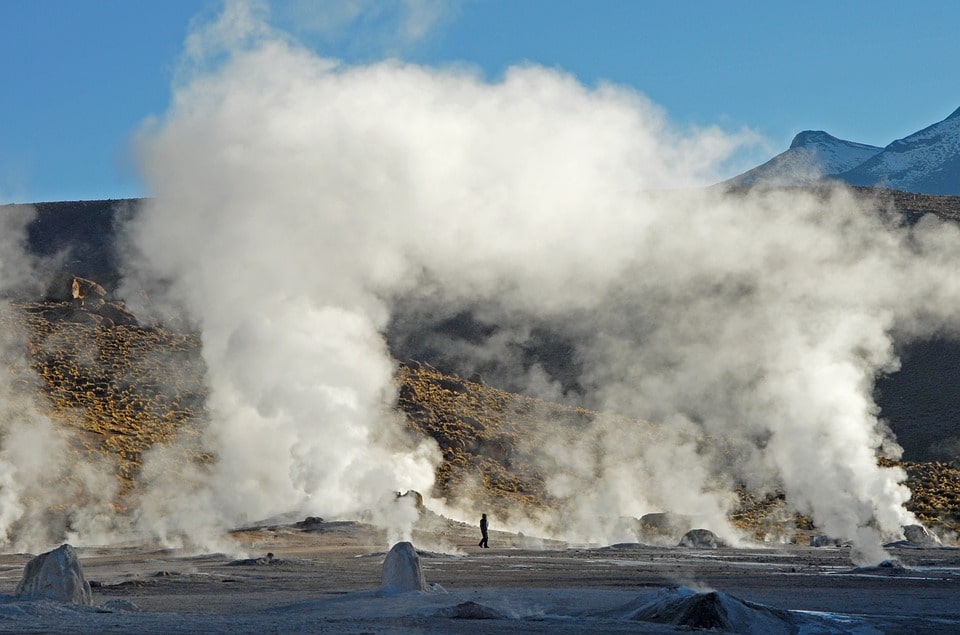Improving the efficiency of steam use in the food industry
Thermal energy in the form of steam or hot water, obtained in the process of burning fossil fuels, is one of the most expensive types of energy in the food industry of Ukraine.

To increase the efficiency of steam use in the food industry we need to:
- Have objective information about the efficiency of fuel and heat use at the enterprise, and about the main losses and their causes.
- Develop a plan of specific, priority measures to reduce heat loss by 10 - 15% with a payback period of 1.5 - 2 years.
- Have information about energy efficient equipment, its prices and suppliers.
According to the results of the survey of heat consumption systems, the main energy saving measures at the 1-st stage of energy saving, which do not require significant capital investment, should be the following:
- Increasing the efficiency of steam-using equipment by installing condensate drain units. Expected effect 5 - 10%;
- Condensate return and use of secondary boiling steam. Expected effect 3 -5%;
- Improving steam quality. The expected effect is 1.0 - 2.0%;
- Automatic adjustment of steam parameters and technological processes. Expected effect 3 - 5%;
- Elimination of leaks of steam, condensate, hot water. The expected effect is 0.5 - 1.0%;
According to the results of inspections and energy audits at most industrial enterprises, steam-using equipment is operated inefficiently and requires repair and modernization.

The main causes of irrational heat losses are:
- low efficiency of heat exchange equipment due to the absence or inoperability of condensate drains;
- direct discharge of condensate into the sewer due to the impossibility of ensuring its return from the steam-using equipment to the condensate tanks or boiler room;
- secondary boiling of superheated condensate in condensate tanks due to the absence or inoperability of condensate cooling heat exchangers, expansion tanks and equipment for heat recovery of secondary boiling steam;
- poor steam quality due to increased humidity, air availability and pollution;
- inoperability or absence of systems of automatic regulation of pressure, temperature, level;
- direct losses of steam and condensate directly into the atmosphere and sewerage due to leaks of shut-off valves, safety valves;
- lack or poor quality of insulation of pipelines, shut-off valves, flange connections, heaters, tanks.
At many enterprises, steam distribution and condensate networks are regulated, which makes it difficult to maintain the required steam pressure for normal operation of the equipment.
There is a shortage of products due to non-compliance with the technological thermal regime.
With significant costs for thermal energy, the management staff of enterprises often does not know about the real losses of thermal energy, does not have information about modern equipment, the efficient use of steam, their own energy reserves.
Experience of experts shows that in the current conditions it is possible to really reduce the cost of thermal energy by 10-15% without significant capital investment.
